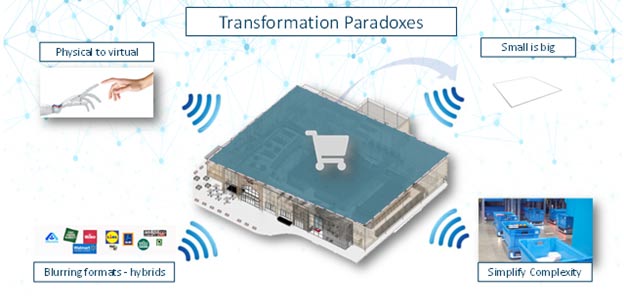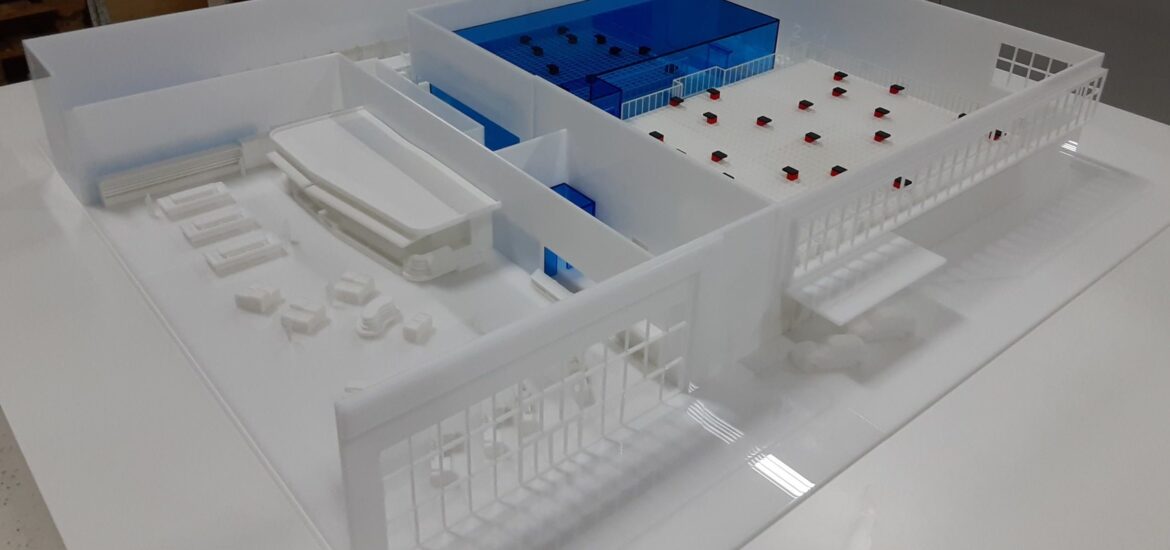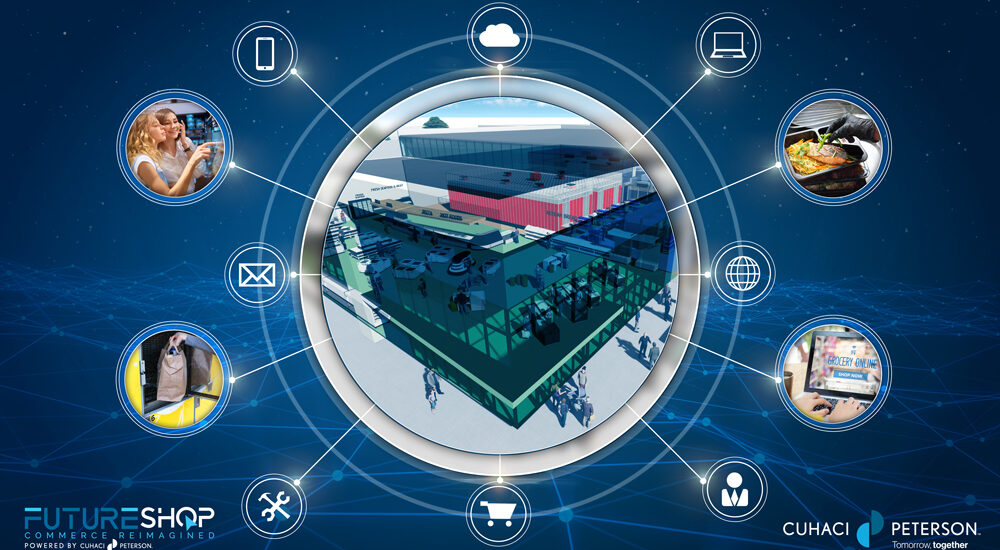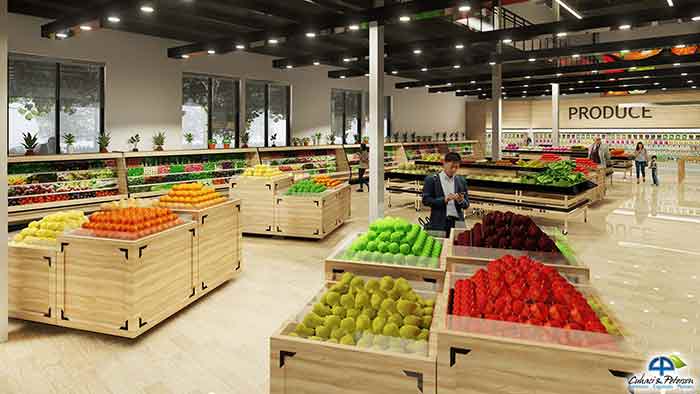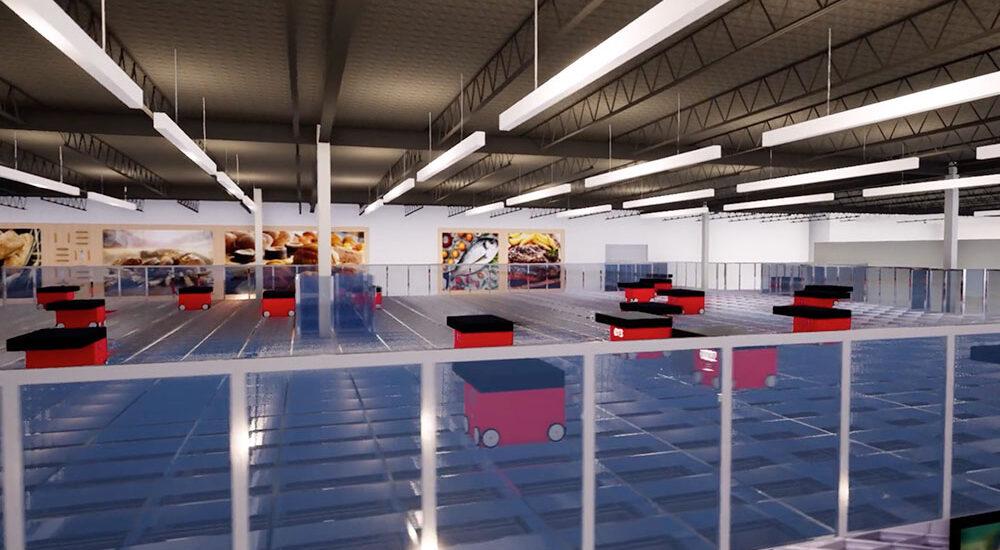Our Senior Vice President of Design, Steven Duffy, was recently a featured author discussing the future of retail in the October 2021 issue of Retail and Restaurant Facility Business. The article is available in the print and online editions.
In the article, Duffy revealed four ways technology can transform stores by 2030. The following is a quick excerpt from the article:
The future of retail changed forever as the pandemic exposed the inadequacies of eGrocery. Consumers seek convenience at a fair price, and they want a frictionless experience. Grocers and retailers must adapt, and quickly. Retail and grocery formats and their supporting technologies have remained static for decades, unable to respond to shoppers demands, new technologies, and have failed to meet today’s consumer’s shifting paradigm.
Retail of the Future is at an Inflection Point Today
During a recent speaking engagement at the Category Management Association annual conference, we provided clarity on the four future retail themes or paradoxes. Theses are driving the change in how and why we shop and are the connective tissue, the infrastructure behind the transformation of future grocery retailing.
1.) Physical to Virtual: The merging of physical to digital, often called phygital, is how we buy today.
2.) Small is Big: Smaller format is more attractive with technology and convenience playing a part.
3.) Blurring Formats: Retail stores are decreasing in size as restaurant and C-store formats hybridize to include grocery.
4.) Simplify Complexity: Make systems easily accessible enabling a more intuitive and frictionless experience.
Let’s unpack each of these elements that form a base for the rapidly transforming, technology-enabled retail and food-based ecosystem. This overview addresses the retail experience, yet broader and more sweeping changes are necessary across the entire environment and logistics network to facilitate changes moving forward.
To read the entire article, please go here:
https://editions.mydigitalpublication.com/publication/?m=58881&i=726990&p=14&ver=html5


